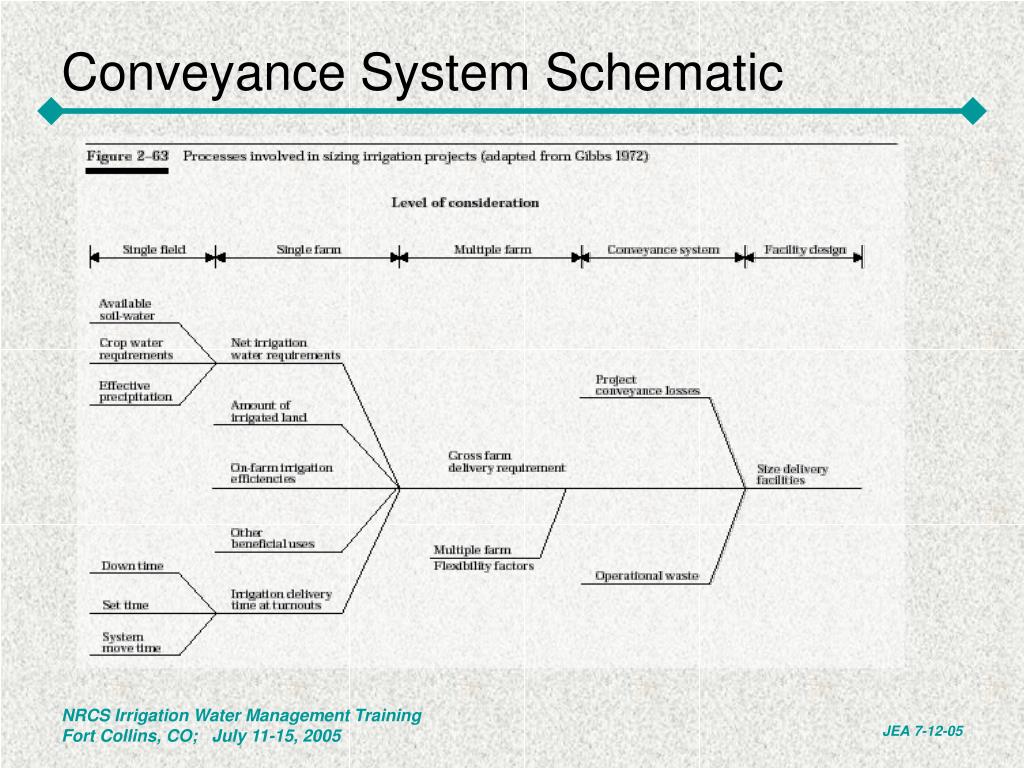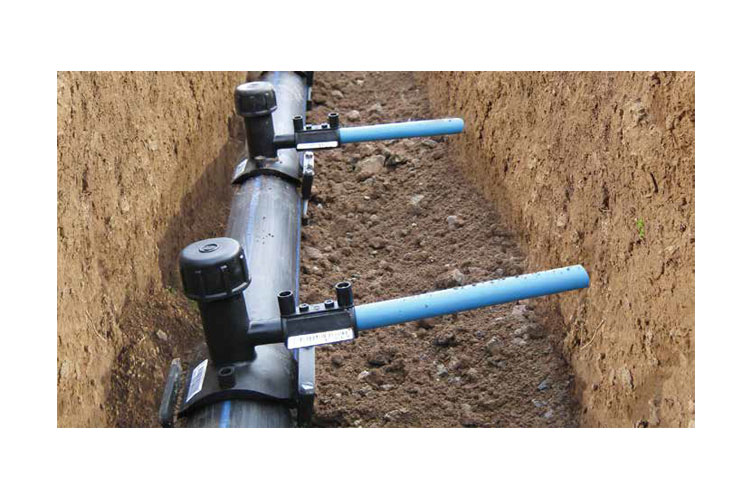

The proposed methodology, being a low data demand methodology, is illustrated by a numerical example of a water conveyance system. Task Committee on Pipelines for Water Conveyance and Drainage Edited by Roger. Conveyance is the action or process of transporting water from one place to another, whether through natural waterways like creeks, rivers and streams, or through man-made structures such as pipes, ditches or canals. Based on the calculation of head losses for each branch of the system, the nodal heads are derived as fuzzy numbers. Our water conveyance-related capabilities include these: Rock mass characterization TBM performance assessments Lining/round load transfer Groundwater. They also provide an initial filter for runoff. In this study these uncertainties are incorporated in the analysis of the system, using the extension principle of the fuzzy sets and a new operation of the fuzzy subtraction. Stormwater conveyance systems prevent erosion and scouring of land and infrastructure from fast-moving water. Conveyance systems can be separated into the following categories: Pipe systems Culverts Open Channels (ditches, swales) Outfalls The purpose of a conveyance system is to drain surface water, up to a specific design flow, from properties so as to provide protection to property and the environment.


To deal with these uncertainties, several mathematical data demanding approaches have been proposed in the past. Furthermore, the demands at the nodes of the system are dependent on several ambiguous assumptions which are not always met at the operation stage. However, significant uncertainties do appear during the analysis and design of these systems, such as the equivalent pipe roughness and the actual internal diameters of the pipes. This type of approach offers simplicity in the calculations by neglecting a variety of uncertainties which accompany the parameters and processes involved. For both cleanwater and contaminated water diversion applications, groundwater conveyance/ditching systems collect water and convey it in a sealed ditch. Conventionally, the design of water conveyance and distribution systems is based on the assumption that all the involved parameters are known a priori and remain unaltered throughout the life cycle of the system.


 0 kommentar(er)
0 kommentar(er)
